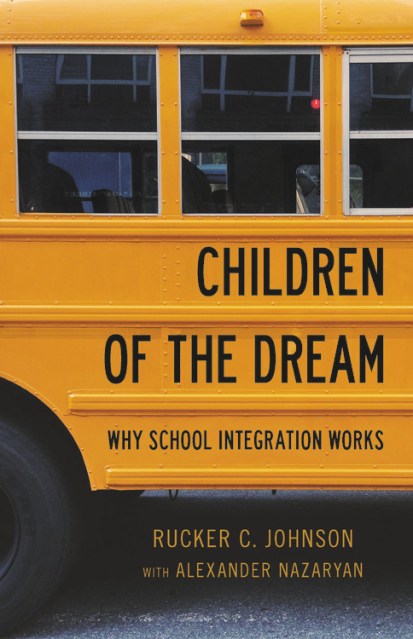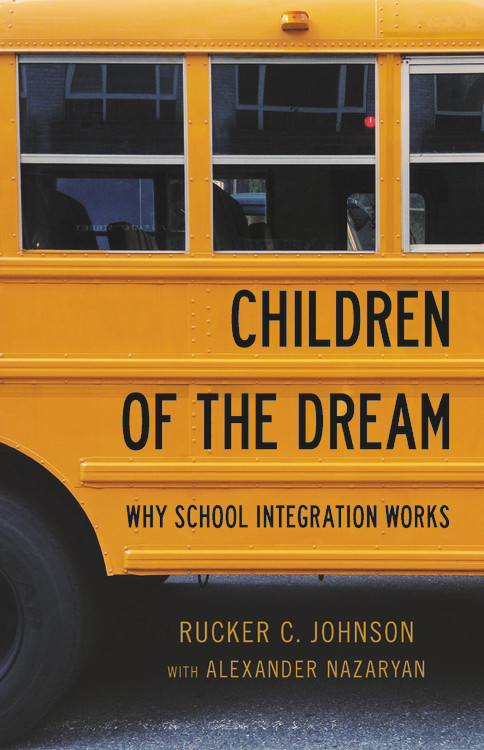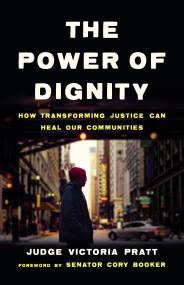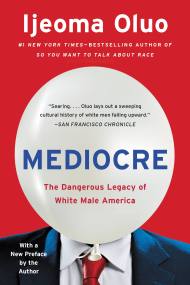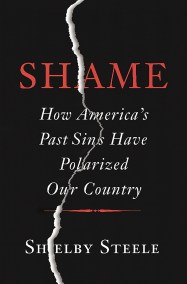Promotion
Use code BEST25 for 25% off storewide. Make sure to order by 11:59am, 12/12 for holiday delivery!
By clicking “Accept,” you agree to the use of cookies and similar technologies on your device as set forth in our Cookie Policy and our Privacy Policy. Please note that certain cookies are essential for this website to function properly and do not require user consent to be deployed.
Children of the Dream
Why School Integration Works
Contributors
Formats and Prices
- On Sale
- Apr 16, 2019
- Page Count
- 336 pages
- Publisher
- Basic Books
- ISBN-13
- 9781541672703
Price
$30.00Price
$39.00 CADFormat
Format:
- Hardcover $30.00 $39.00 CAD
- ebook $18.99 $24.99 CAD
This item is a preorder. Your payment method will be charged immediately, and the product is expected to ship on or around April 16, 2019. This date is subject to change due to shipping delays beyond our control.
Buy from Other Retailers:
-
"If you long for compelling arguments to reinforce a commitment to equal opportunity, Children of the Dream is a must-read. This well-written book integrates analyses of original quantitative data sets with engaging discussions of eye-opening qualitative evidence to reveal in sharp relief why the combination of integrated education, quality preschools, and equitable school funding works for disadvantaged students. Rucker C. Johnson has written an important volume that is bound to not only engage academics and policymakers, but general readers as well."William Julius Wilson, Lewis P. and Linda L. Geyser University Professor, Harvard University
-
"This book is fuel for hope. No other work addressing race so powerfully combines first-class social science with historical, social, and policy analysis. Passion shapes the narrative without compromising the science. Indeed, here is a model for how to advocate equity by being advocates for evidence rather than ideology. Children of the Dream joins Richard Rothstein's recent work as essential reading for anyone committed to understanding our racial divisions and then addressing them with public policies and moral courage."Christopher Edley, professor and former dean, U.C. Berkeley Law School, and co-founder, The Opportunity Institute
-
"There is no more urgent issue in America today than closing the gaps between Americans of different races and ensuring that everyone has a decent life and living. Education is central to that aspiration. This book is a bracing and informative summary of the history of segregation, desegregation, and resegregation. It demonstrates that integration works and that it is a goal towards which our entire society should work."Diane Ravitch, author of The Death and Life of the Great American School System
-
"In a highly diverse society and world like ours, integration matters. Most of us learn to live integrated lives through integrated schools. Rucker C. Johnson's ground-breaking research should raise alarms for policy makers, educators, parents, and any other citizen concerned about America's future in the face of classrooms that look today as segregated as they were when that practice was declared unlawful in 1954."Deval Patrick, Managing Director, Bain Capital Double Impact, former Governor of Massachusetts
Newsletter Signup
By clicking ‘Sign Up,’ I acknowledge that I have read and agree to Hachette Book Group’s Privacy Policy and Terms of Use
